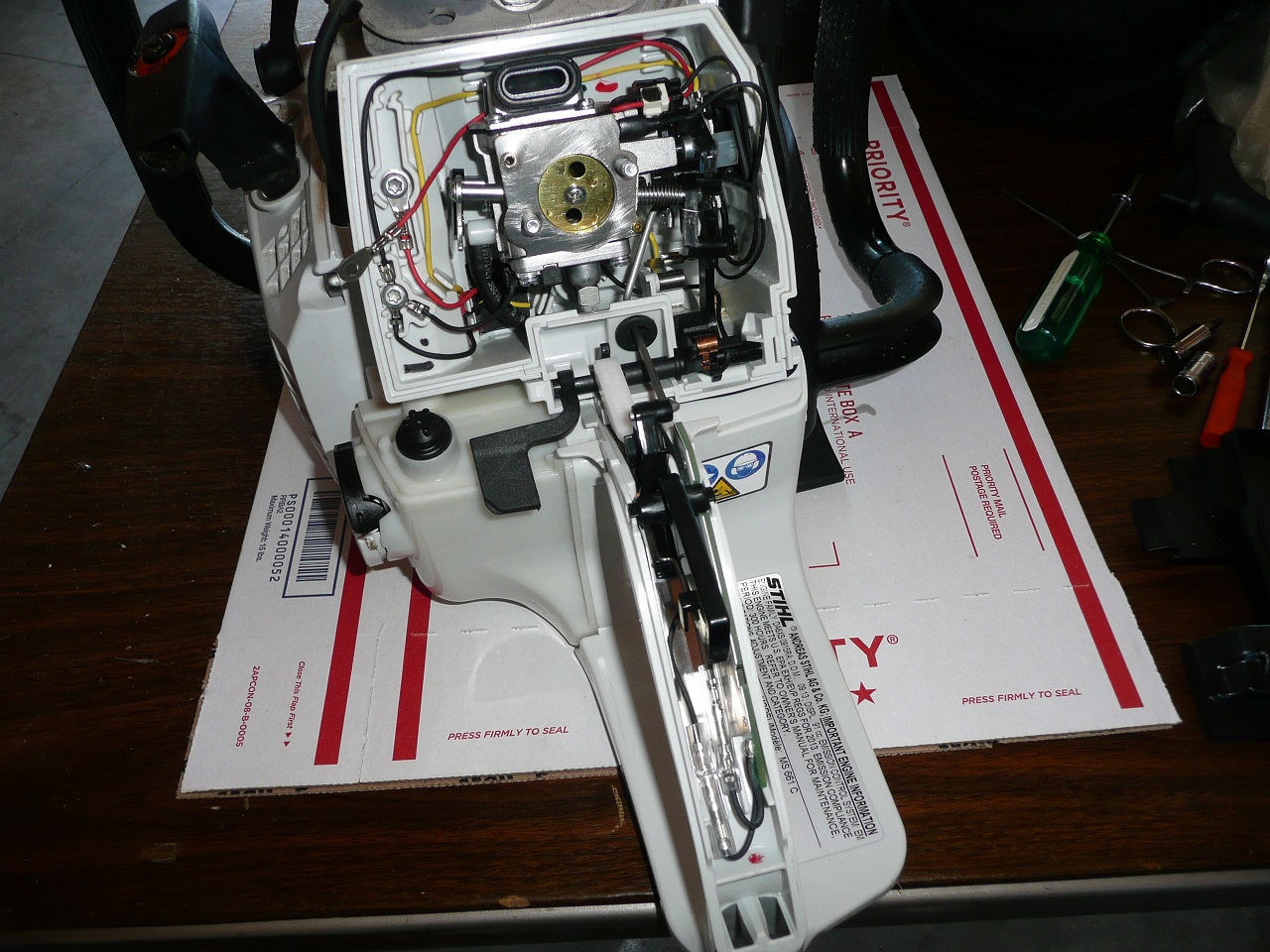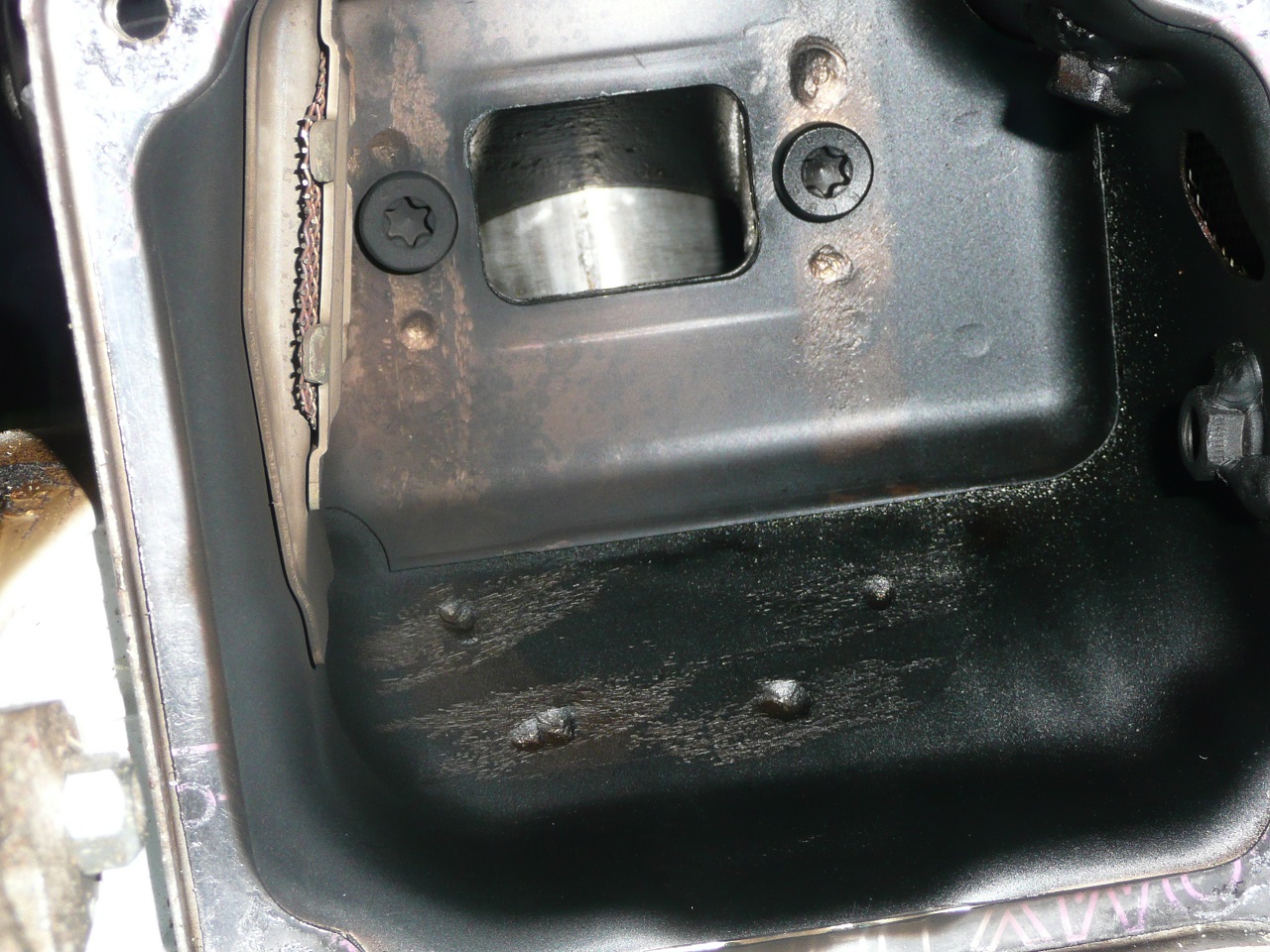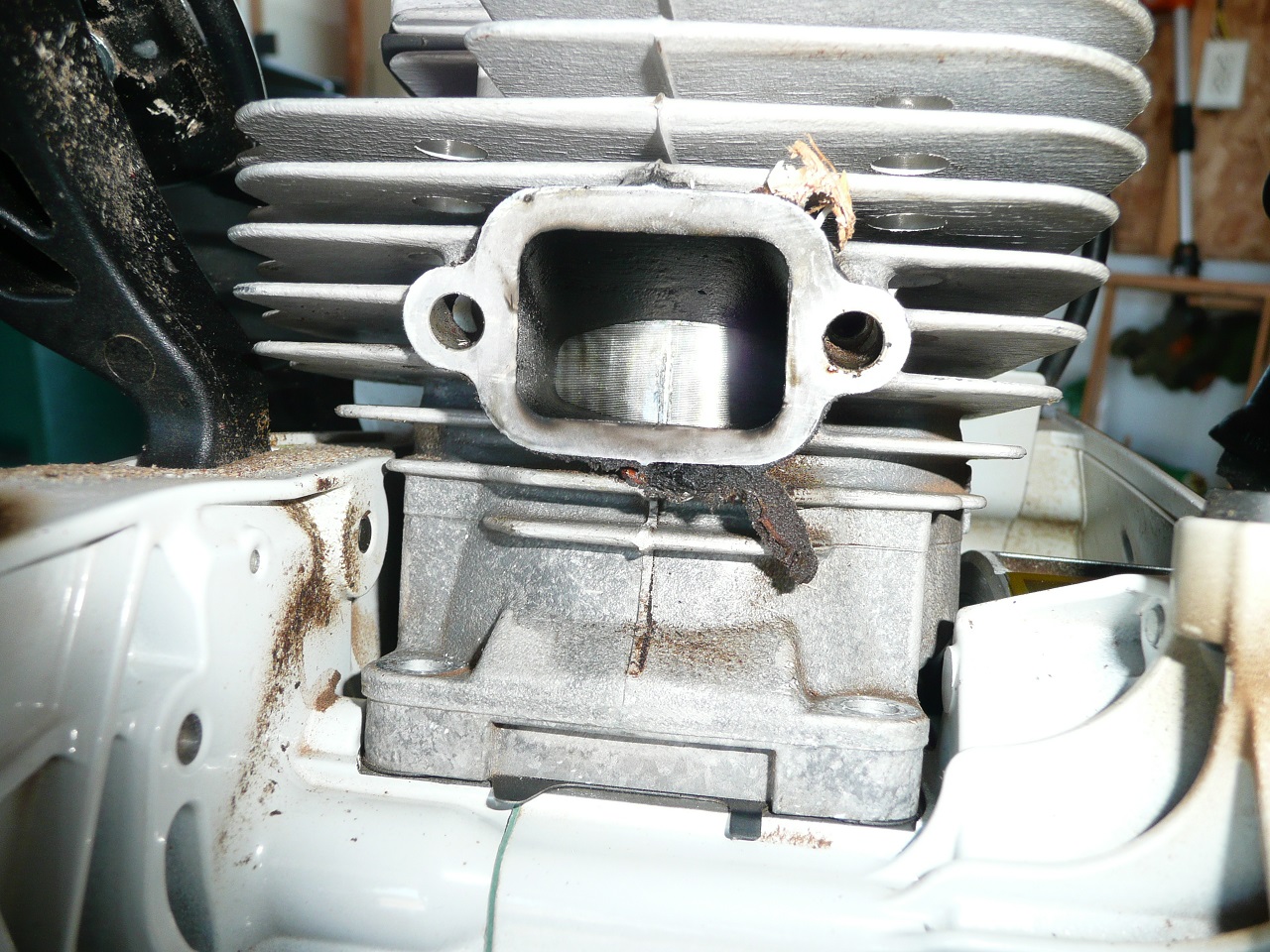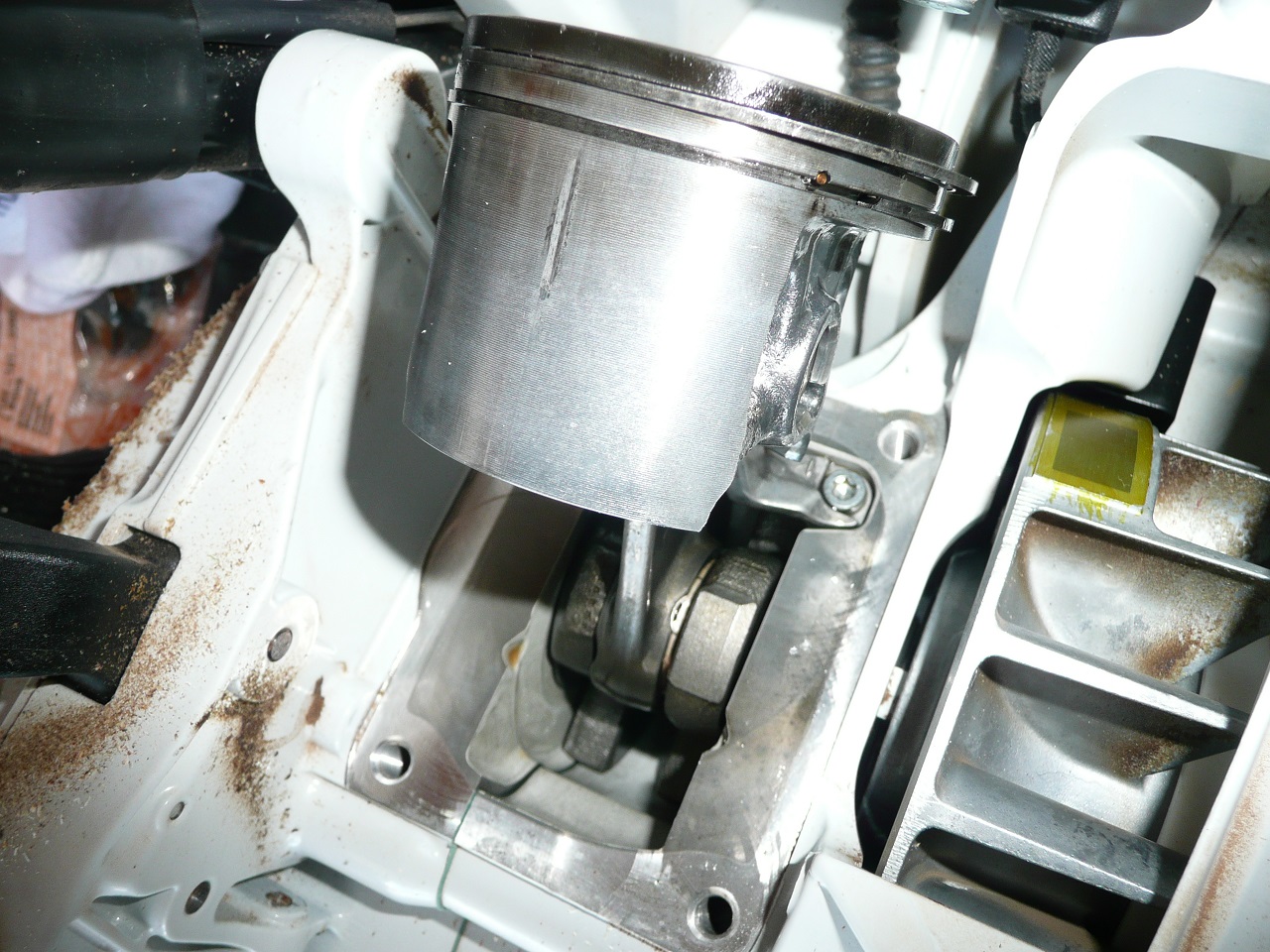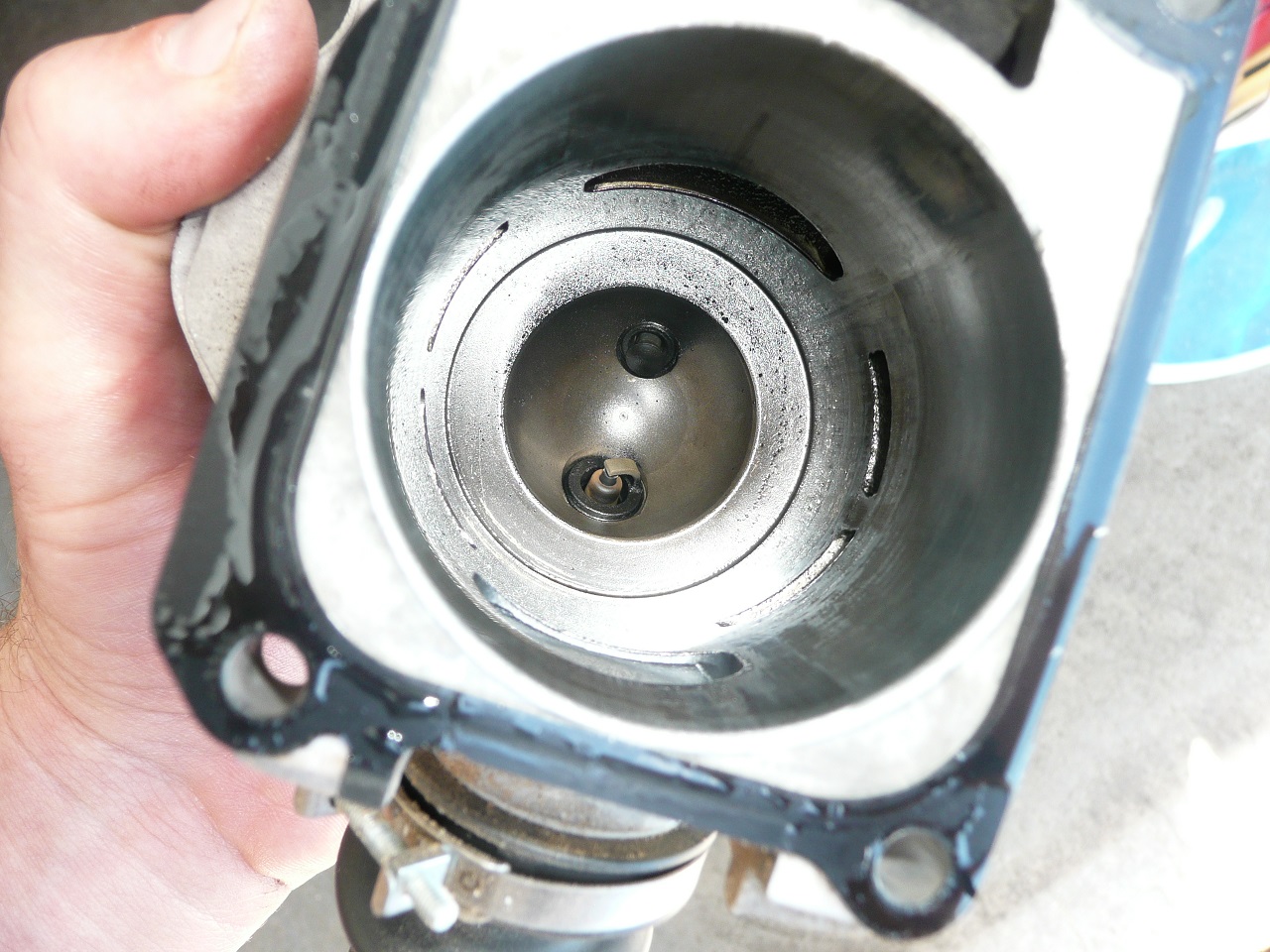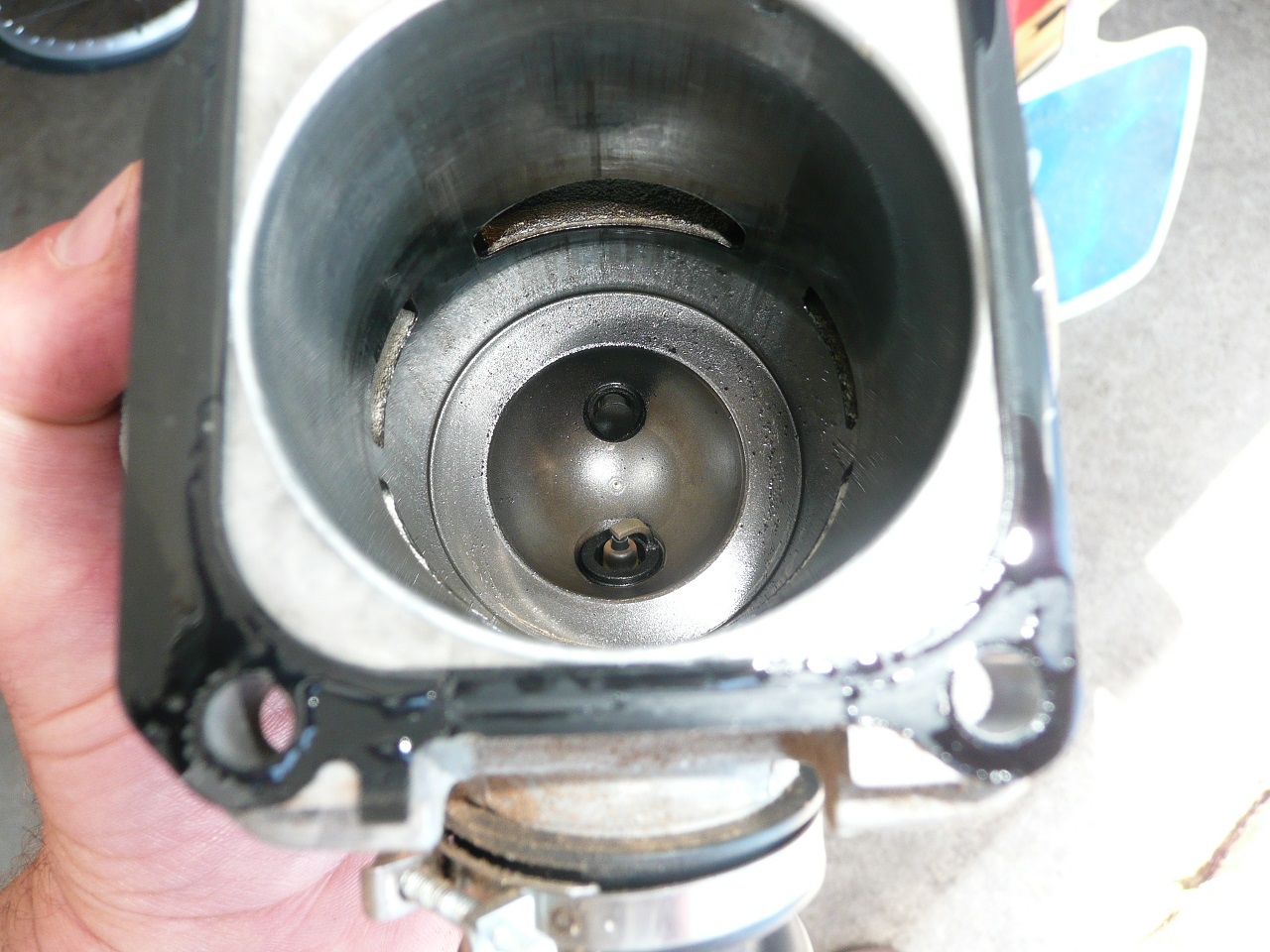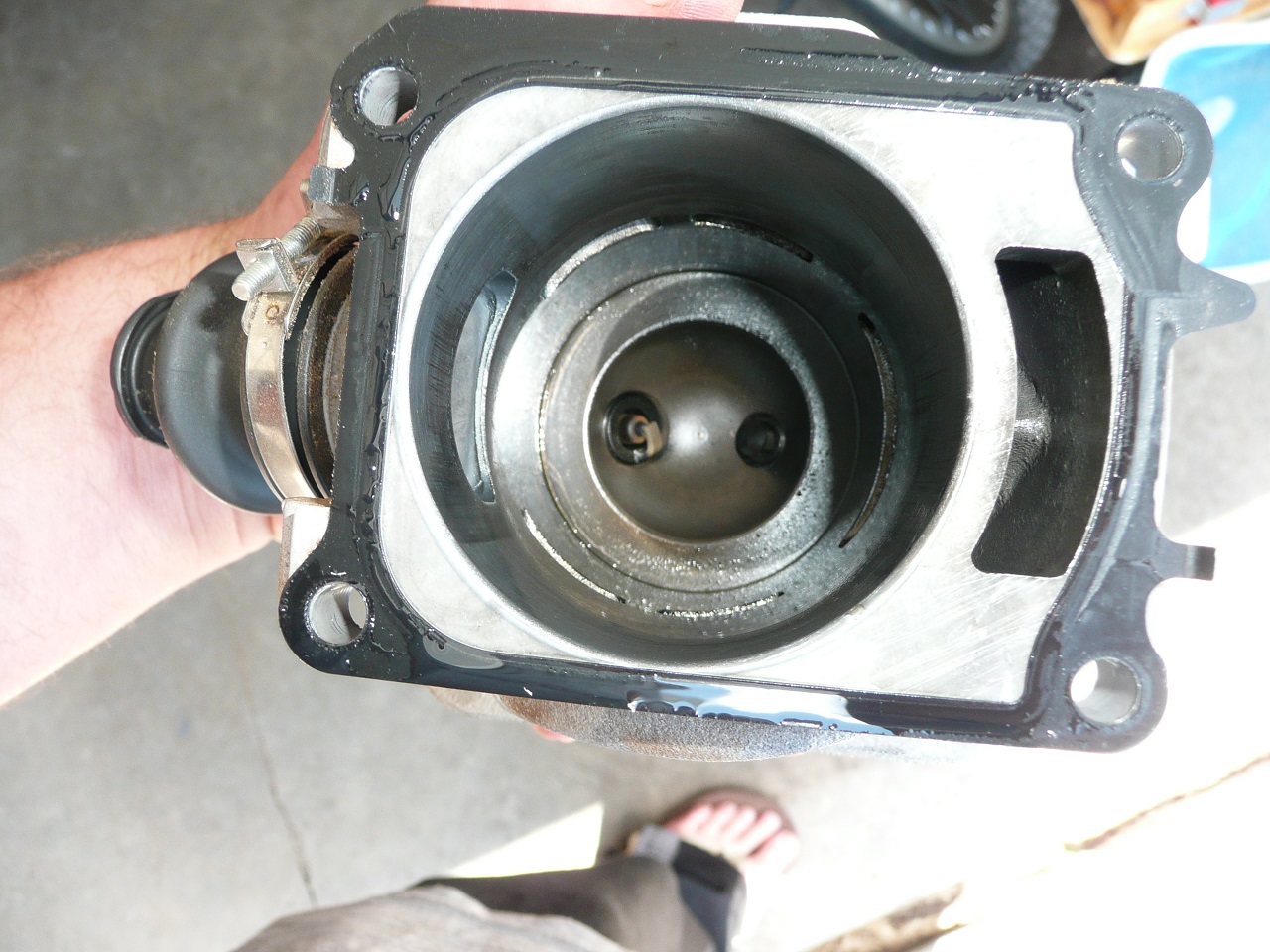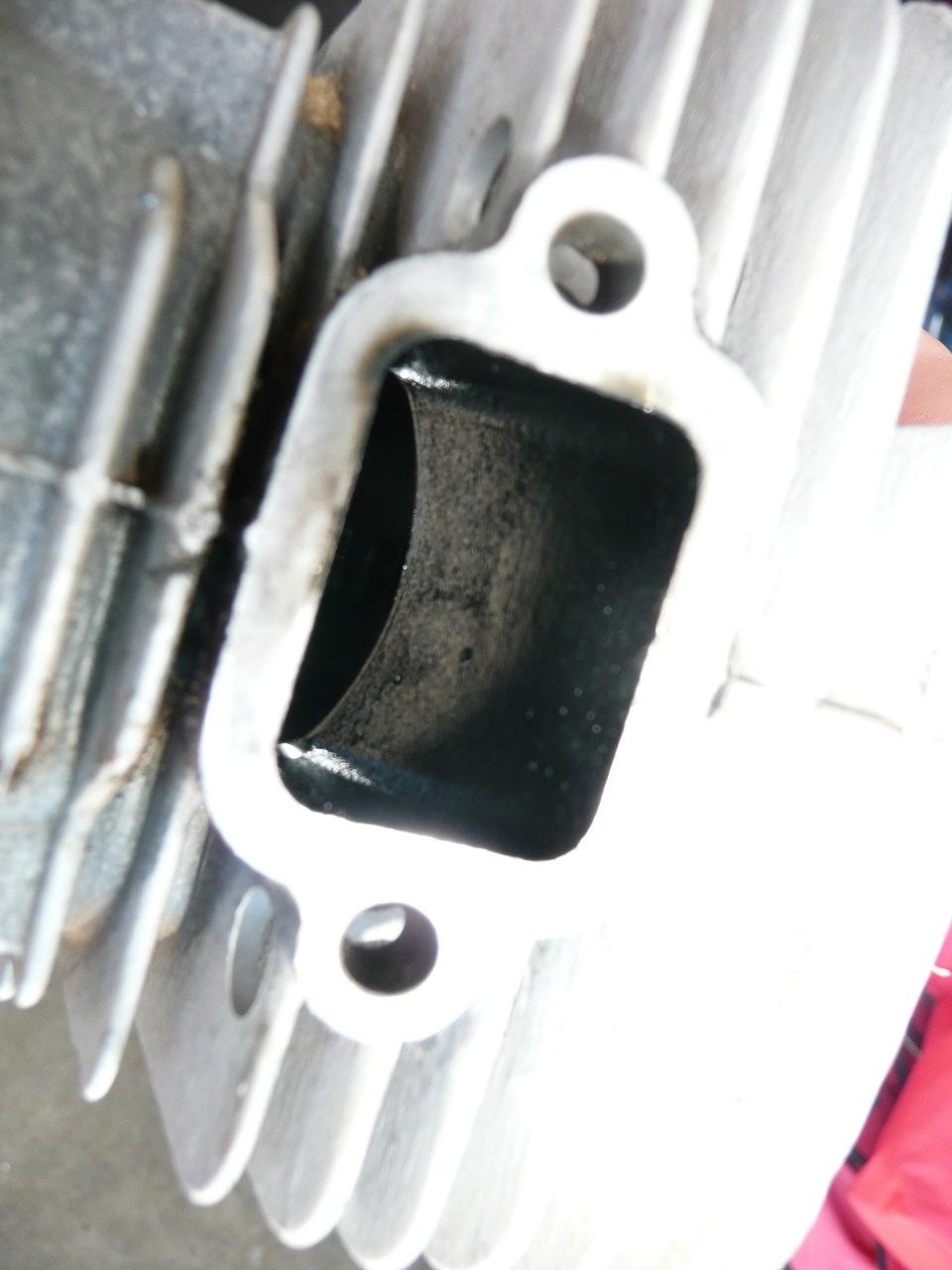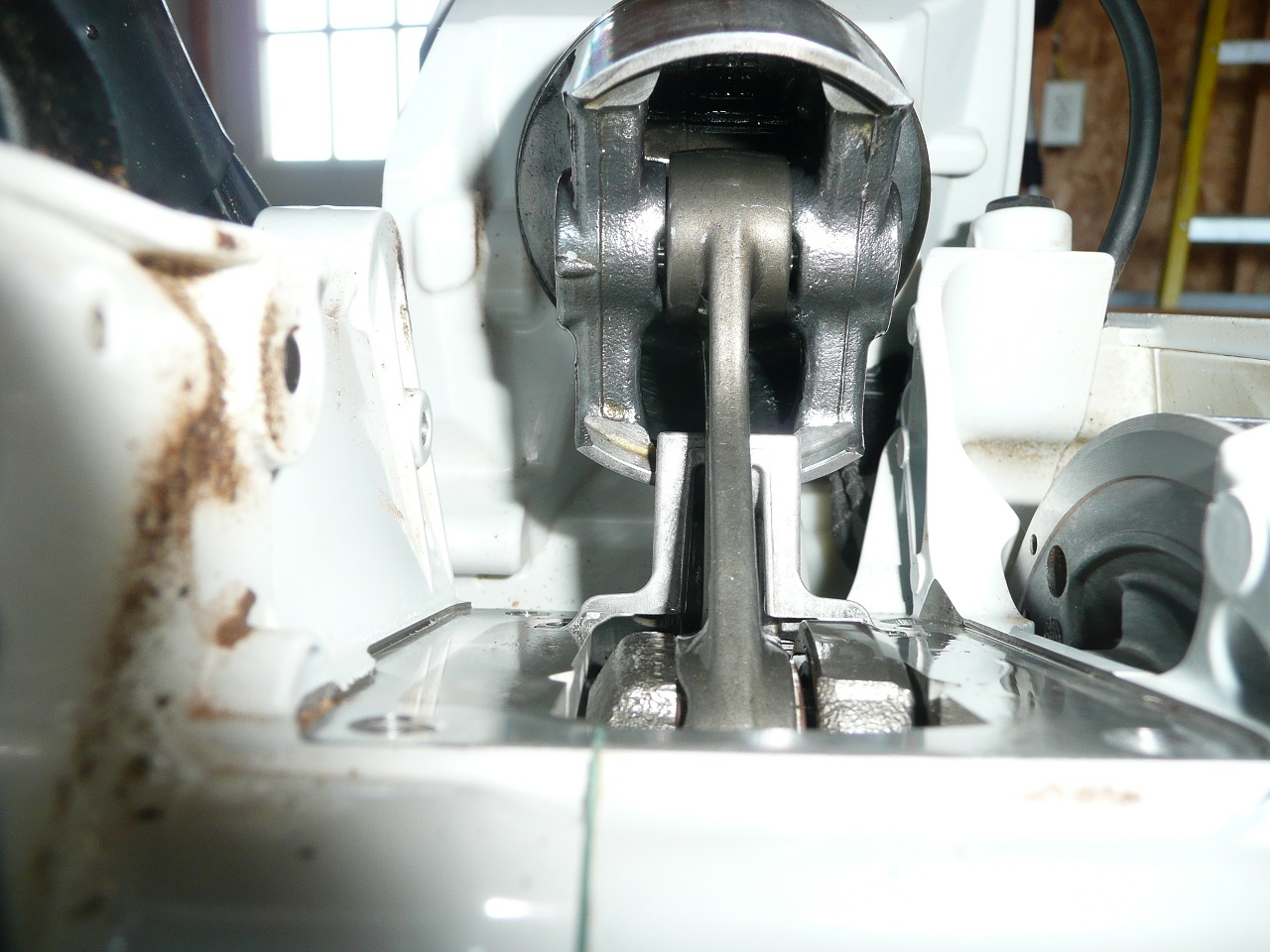Termite
Time To Launch
Here is another interesting read that someone dice up.
http://global.yamaha-motor.com/about/technical_review/publish/no35/pdf/0008.pdf
http://global.yamaha-motor.com/about/technical_review/publish/no35/pdf/0008.pdf

This was posted several hundred pages back and is a good read, especially the conclusions.Here is another interesting read that someone dice up.
http://global.yamaha-motor.com/about/technical_review/publish/no35/pdf/0008.pdf
And I believe he is resetting after each test.It's an mtronic saw with computer controlled carb. The saw adjusts on its own as needed to reach the proper rpm.
Oh, I have read almost this whole thread but my instant and total recall is not what it once was.This was posted several hundred pages back and is a good read, especially the conclusions.
I should be of note that Yamalube 2R uses polybutene in its blend. It's good stuff and has been for many years with a very long track record.








This is not really how it works, the math done not work like that. What you read was marketing nothing more.Taken from Tanaka FAQ, interesting read
Q. How can Tanaka Perfect Mix accommodate my other brands of power equipment that require a different ratio than 50:1?
A. Oil is a blend of components. The bulk of it is a base stock, which is oil, but it's primary purpose is not to lubricate, but rather to blend with, and carry additives that provide specific functions. The most important additive is the one that provides the lubricity. Some people refer to this additive as "bright-stock". The base oil also can blend with and carry other additives designed to accomplish different things. For example, quality oils have an additive that helps maintain the integrity of the gasoline should it be stored as mixed fuel for extended periods. Another additive may help reduce exhaust smoke.
Oil took on a marketing theme many years ago. A company who made brand A product also sells oil. How do they protect their oil business and prevent customers from buying the competitors oil? Let's say for the sake of argument that an oil blend requires X amount of the lubricity additive to adequately run an engine. The manufacturer would then formulate an oil blend with the amount of additives to reach that level when mixed at the odd ratio they prescribe for their product. As you've seen, there are 16:1, 25:1, 32:1, 40:1 42:1, 50:1, etc. However, if you analyzed these oils, you'd find very similar amounts of the actual ingredients needed to provide the life allowing lubricity (even at these odd ratios). This has been a very effective way of convincing a customer who bought a unit requiring two cycle oil to buy their brand of oil. Who wants to take a chance on a $500 machine?? If it says 42:1, the customer assumes he needs to seek out a 42:1 oil.
Tanaka Perfect Mix is what's referred to as a one-mix oil. The oil is formulated so that when mixed at 50:1, or 2.6 ounces per gallon of fuel, it contains enough of the life-giving additives to work in any of these engines. Additionally, it goes a long way in simplifying the mixing of the oil with the self measuring bottle. There are other one-mix types of oil that mix at a ratio of 100:1. Most people would look at that and think that there simply isn't enough oil to allow the engine to survive, but again, it's not the amount of base stock that is the important issue. It's what is contained within the blend. Their blend has higher percentage of the additive than does an oil that mixes at 25:1.


